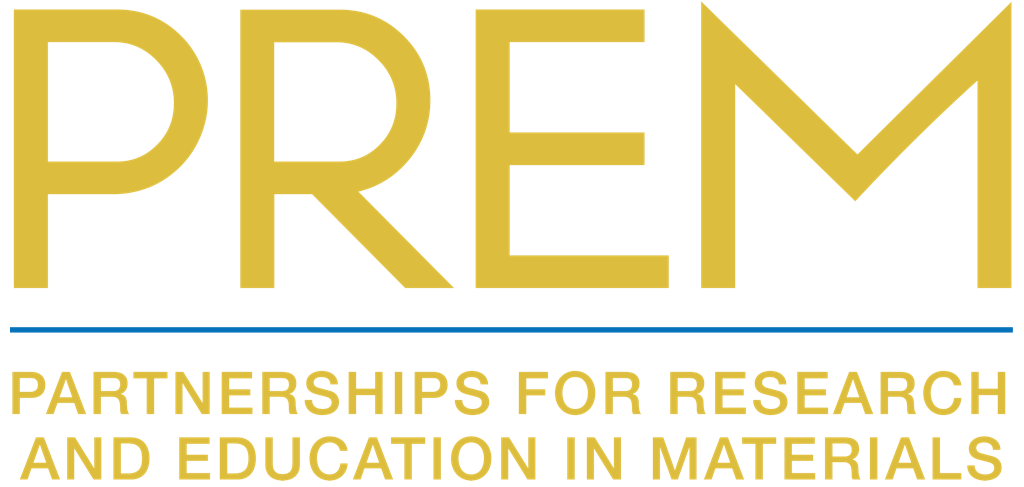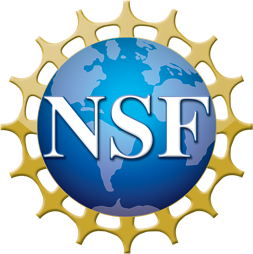Cross-Cultural Connections: An RET Site Program with UPRM and UW
The RET Program is an intensive, collaborative, seven-week teacher professional development program. Teachers work in the laboratory of a Wi(PR)2EM, MRSEC, or SusWEF faculty member with daily mentorship by a graduate student or postdoctoral associate. During the program, teachers and their mentors collaboratively develop educational materials inspired by their research experiences that include a unique hands-on activity and an activity guide with the corresponding lesson. The teachers present their materials to their RET cohort at both sites throughout the development and implement their materials and possibly those of fellow RET teachers in their classrooms. Completed educational materials are integrated into other MRSEC and Wi(PR)2EM projects and products and/or made available online as modules after content review and in-classroom formative evaluation (education.mrsec.wisc.edu/ret-activity). UPRM SusWEF is supporting two teachers while Wi(PR)2EM is supporting two additional teachers to work in laboratories in Puerto Rico.
The RET program will culminate in a capstone week wherein the UW and UPRM teachers will meet in PR from July 28 to August 2, 2019 to share their projects, cultures, and teaching experiences. During capstone week, each RET participant will give a research presentation and lead the group through their newly developed classroom activity. These presentations are designed to enable the teachers to pilot their activity with colleagues and encourages teachers to adopt one another’s activities in their classrooms. Through a series of educational fieldtrips, the teachers will learn about the culture, education system, and natural history of PR. These field trips include a hike in El Yunque, the only rainforest in the US National Park system and a tour of UPRM’s Magueyes Island. Magueyes is an island located southwest of the island of Puerto Rico that houses the UPRM Marine Sciences laboratories. We will visit the channels formed by the mangroves that encircle the island, a coral reef and a bioluminescent bay.


